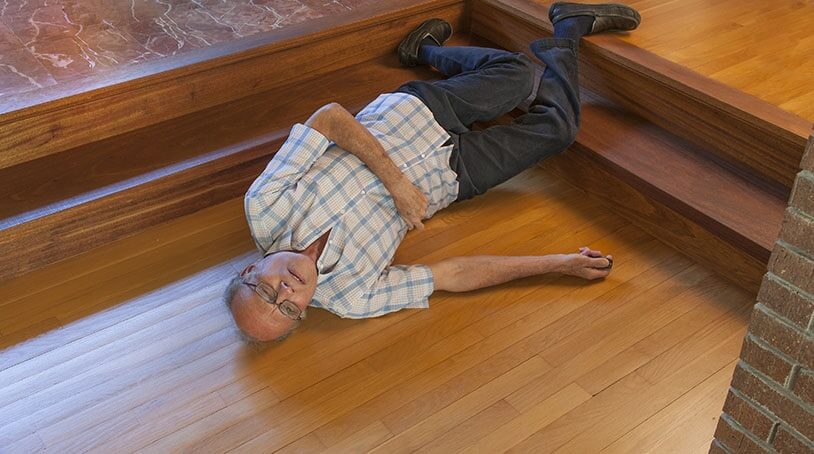In todays rapidly changing world, the question of how easy is it to use fall detection devices is becoming increasingly relevant. As the population ages and more families become concerned with the well-being of their elderly loved ones, the demand for effective and user-friendly fall detection technology grows. Family caregivers often find themselves navigating through a sea of gadgets and devices, each promising to provide peace of mind. But, how accessible are these technologies, and can they genuinely make life easier for both caregivers and the elderly?

Understanding Fall Detection Technology
Before diving into the ease of use, it’s crucial to understand what fall detection technology entails. These devices are designed to identify when a person has fallen and often automatically alert caregivers or emergency services. They range from simple wearable gadgets to complex systems integrated into smart home environments.
The Importance of Fall Detection
Falls are a significant risk for the elderly, leading to serious injuries and even fatalities. According to a study, falls are one of the leading causes of injury among older adults. Thus, having a reliable system in place can be life-saving.
Types of Fall Detection Devices
There are various types of fall detection devices available:
Wearable Devices
These are often worn as pendants or wristbands. They are lightweight and designed to be worn at all times. Their simplicity and portability make them a popular choice among users.
Smartphone-Based Solutions
Some apps can turn a regular smartphone into a fall detection device. These apps use the phone’s sensors to detect falls and can be a cost-effective option for tech-savvy seniors.
In-Home Systems
These systems use sensors placed around the home to detect falls. They are ideal for those who spend most of their time indoors.
Evaluating Ease of Use
The ease of use of any fall detection device is a critical factor for its adoption. Here are some aspects to consider:
User-Friendly Designs
Devices designed with simplicity in mind tend to be more user-friendly. Large buttons, clear instructions, and intuitive interfaces are essential features.
Installation and Setup
For the best experience, devices should be easy to install and set up. Many companies offer step-by-step guides and customer support to assist with this process.
Maintenance and Durability
Devices that require minimal maintenance are generally preferred. Durable devices that can withstand daily wear and tear are ideal for long-term use.
Integrating with Emergency Services
Many devices are designed to automatically contact emergency services or designated family members in the event of a fall. This feature provides an added layer of security.
Privacy and Security Concerns
As with any technology, there are privacy and security concerns. Users should ensure that their data is protected and that the devices comply with privacy regulations.
Privacy-Friendly Options
For those concerned with privacy, there are privacy-friendly solutions available that do not rely on cameras or intrusive monitoring.
Cost Considerations
Cost is often a significant factor in choosing a fall detection device. Prices can vary widely, and it’s essential to consider the long-term value of the investment.
Subscription Models
Some devices require a subscription for monitoring services. It’s crucial to evaluate these costs and determine if they fit within the budget.
Testimonials and Reviews
Reading reviews and testimonials from other users can provide valuable insights into the real-world performance and reliability of different devices.
Conclusion
In summary, the ease of use of fall detection devices varies depending on the type and features. However, with advances in technology, these devices are becoming increasingly accessible and user-friendly. For family caregivers, choosing the right device can offer peace of mind and enhance the safety and independence of their loved ones.

FAQs
Are fall detection devices reliable?
Most modern devices are quite reliable, though it’s essential to choose reputable brands and read reviews.
Can these devices be used outdoors?
Many wearable devices are designed for both indoor and outdoor use, but it’s important to check the specifications.
Do I need a smartphone to use these devices?
Not necessarily. While some devices are smartphone-based, there are many standalone options available.
This article contains affiliate links. We may earn a commission at no extra cost to you.






